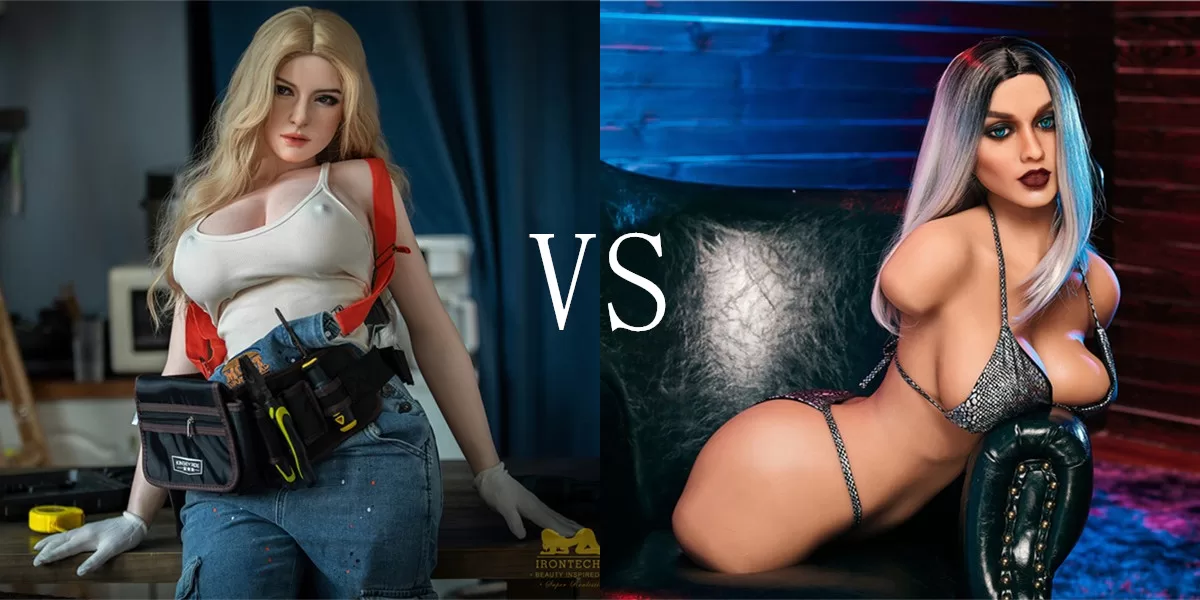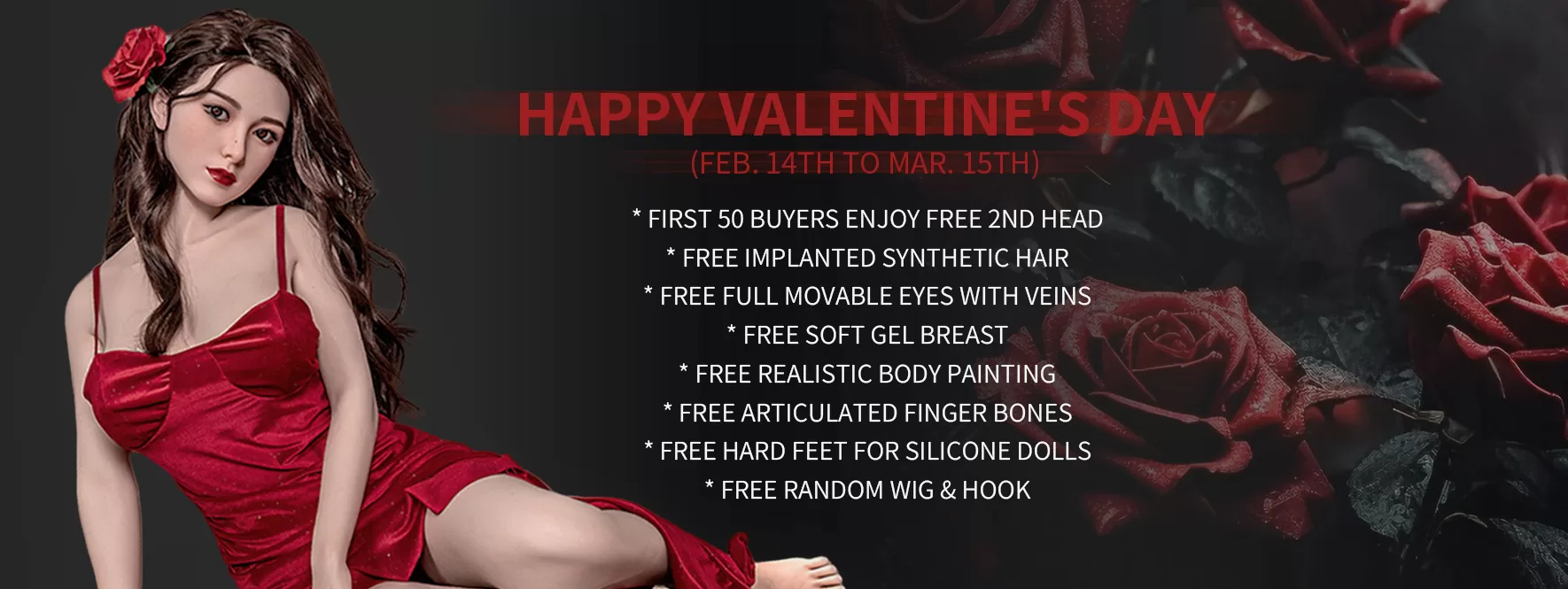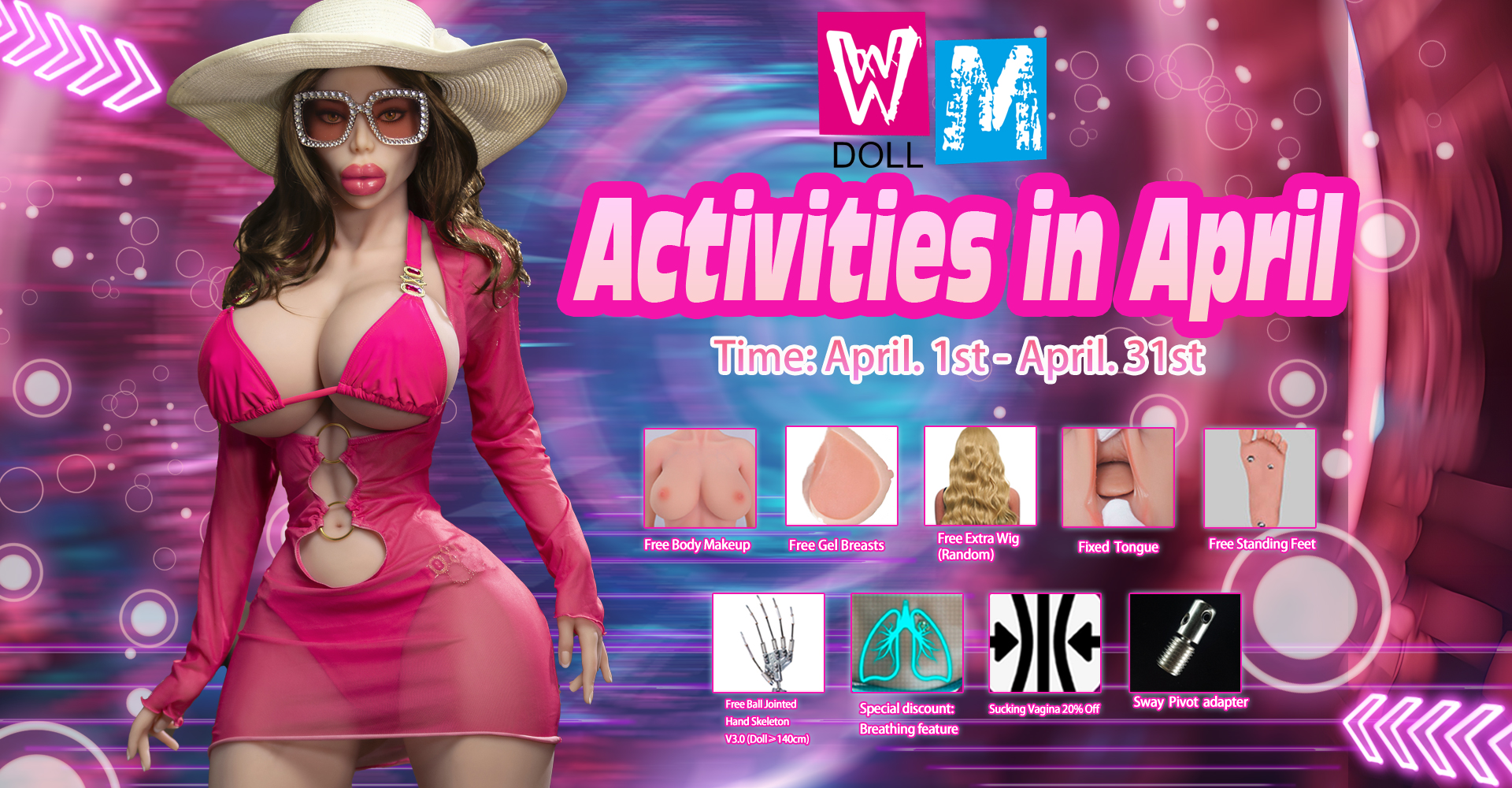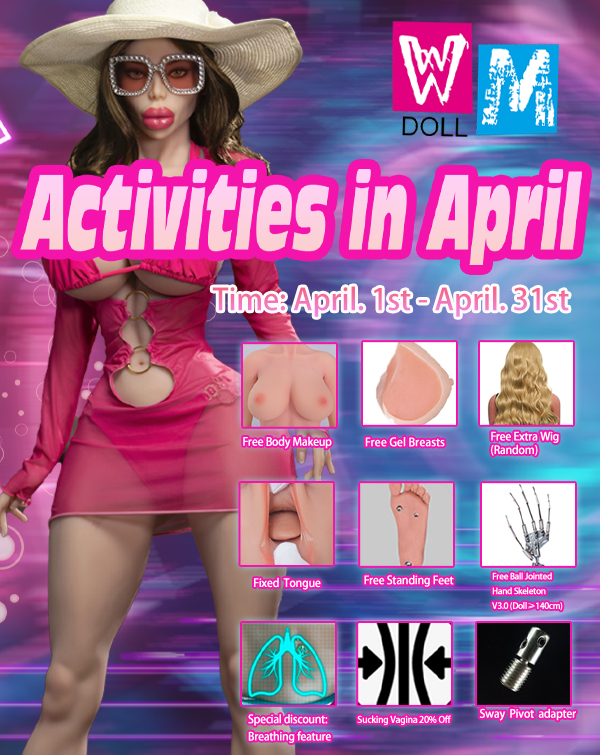
Sex Dolls in Popular Culture: Depictions in Film and Literature
Sex dolls, once relegated to the fringes of taboo and secrecy, have become a notable aspect of popular culture, finding their way into various forms of media, including film and literature. This evolution reflects changing societal attitudes towards sexuality, technology, and the complex relationship between humans and artificial companions. This article explores the portrayal of sex dolls in popular culture, analyzing their representation in both cinematic and literary works.
Early Representations:
The concept of artificial companions has deep roots in literature, with early examples such as Pygmalion in Greek mythology or the tale of Frankenstein’s monster. However, the explicit portrayal of sex dolls became more prevalent in the 20th century. Early films like “Blade Runner” (1982) and “Cherry 2000” (1987) depicted lifelike humanoid robots designed for companionship and, in some cases, sexual satisfaction. These portrayals reflected society’s growing fascination with the intersection of technology and intimacy.
Science Fiction and Futuristic Themes:
Sex dolls are often featured in science fiction works as symbols of a future where technology blurs the lines between human and machine. The film “Ex Machina” (2014) explores the ethical implications of creating highly advanced humanoid robots, including the potential for intimate relationships. Similarly, in literature, authors like Philip K. Dick and Isaac Asimov have delved into the consequences of creating artificial beings capable of fulfilling human desires.
Humanizing the Inanimate:
Some works take a more empathetic approach, exploring the emotional and psychological aspects of relationships with artificial companions. The film “Lars and the Real Girl” (2007) tells the story of a man who forms a deep connection with a lifelike doll, highlighting the human tendency to seek companionship and love, even in unconventional ways. These narratives challenge societal norms and provoke discussions about the nature of intimacy.
Erotica and Fetishization:
In contrast, certain depictions in popular culture focus on the fetishization of sex dolls. This can be seen in adult films and literature that sensationalize the physical attributes of these artificial companions. Such portrayals often reinforce stereotypes and may contribute to the stigmatization of those who choose unconventional forms of companionship.
Critique and Social Commentary:
Artistic works also serve as a platform for social critique and commentary on the potential consequences of a society increasingly reliant on technology for interpersonal connections. Novels like “The Stepford Wives” by Ira Levin or the film “Her” (2013) explore the dangers of creating artificial entities that cater solely to human desires, raising questions about autonomy, consent, and the impact on genuine human relationships.
Conclusion:
The evolution of sex dolls in popular culture mirrors society’s changing attitudes toward intimacy, technology, and the boundaries between human and artificial companions. From early science fiction explorations to contemporary critiques of modern relationships, the portrayal of sex dolls in film and literature reflects the multifaceted nature of human desires and the ethical dilemmas posed by advancing technology. As we continue to grapple with these complexities, the representation of sex dolls in popular culture will likely remain a dynamic and evolving reflection of societal values.








































































































